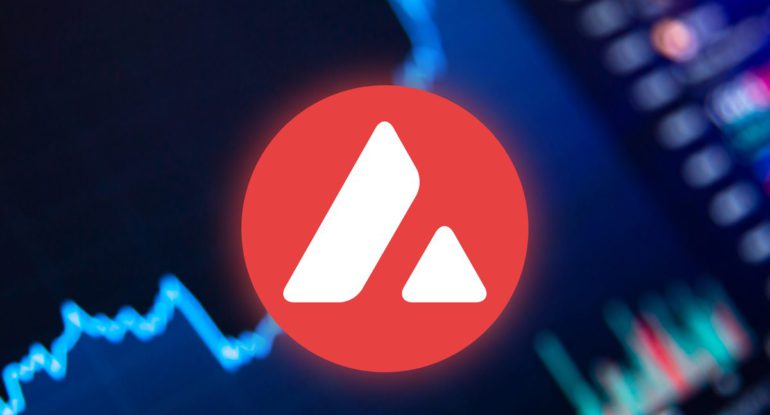This Cryptocurrency Can Be the Next Ethereum

This blockchain is quickly growing into a powerful software and service ecosystem through cryptocurrency.
With a market value of $320 billion, the ETH token powers the Ethereum blockchain. Only Bitcoin is more valuable. Developers utilize the platform to create and deploy decentralized applications (dApps), which are programs that run on a peer-to-peer network rather than relying on centralized corporate services.
Decentralized finance (DeFi) products are a form of decentralized application (dApp). They allow investors to lend money, trade it, and collect interest on it without going via a bank or brokerage. DeFi solutions also make financial services more efficient and accessible by removing intermediaries from the equation. Ethereum is the most prominent dApp and DeFi ecosystem in the blockchain industry due to its first-mover status. However, its popularity has revealed a critical flaw: it lacks scalability.
Network traffic speeds have slowed as Ethereum’s transaction volume has increased. Transaction fees have risen dramatically as each transaction competes for limited mining power. An upgrade is in the works to remedy the issue, but scalability is not in charts until 2023. Other blockchains, in the meantime, have overcome the problem and are gaining pace with the market leader.
Avalanche has the potential to overcome Ethereum.
Ava Labs’ Avalanche (AVAX 2.19 percent) is a programmable blockchain. The company’s leading innovation is the snowman consensus protocol, a proof of stake in which validators validate transactions by randomly picking a small fraction of nodes (computers) rather than exchanging messages with every other node on the network.
As a result, Avalanche is extremely quick. Ava Labs thinks Avalanche is currently the world’s fastest blockchain, with a throughput of 4,500 transactions per second (TPS) and a finalization time of two seconds. To put things in perspective, Ethereum processes roughly 14 transactions per second and can take up to six minutes to complete. The platform’s lack of scalability has made it pricey; on Ethereum, the typical transaction fee is more than $20, but on Avalanche, you’ll probably only spend a few cents.
Also, Read – Ethereum Price Forecast: $7,609 in 2022, $26,338 in 2030
Compatibility broadens the range of crypto applications.
Curve, a stablecoin exchange, and Aave, a lending protocol, are two of the most popular DeFi services on Ethereum. In October, both launched on Avalanche, providing investors with a faster and cheaper way to access their funds. Developers may effortlessly move their dApps from one blockchain to another because of Avalanche’s compatibility with Ethereum smart contracts.
In December, the Ethereum-based USD Coin (USDC -0.07%) — a stablecoin pegged to the US dollar — was added to Avalanche. USDC, being the second-most-popular stablecoin in the crypto-economy, can boost the Avalanche DeFi ecosystem by allowing consumers to invest in DeFi without having to retain volatile cryptocurrencies. You can earn a 1.56 percent annual percentage yield (APY) right now by lending USDC to the Aave protocol. That’s thousands of times more than the 0.06 percent average bank savings account pays.
In a nutshell, Avalanche is a fast, cheap, and Ethereum-compatible cryptocurrency. This value proposition has fuelled rapid adoption over the last year. In January 2022, Avalanche’s daily transaction volume surpassed one million for the first time. That’s risen from a few hundred a day in January 2021, and it’s roughly equal to the 1.2 million average daily transactions recorded on Ethereum this year.


























































